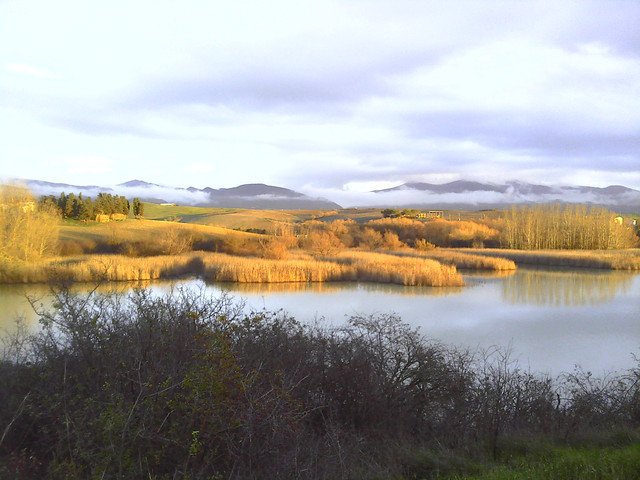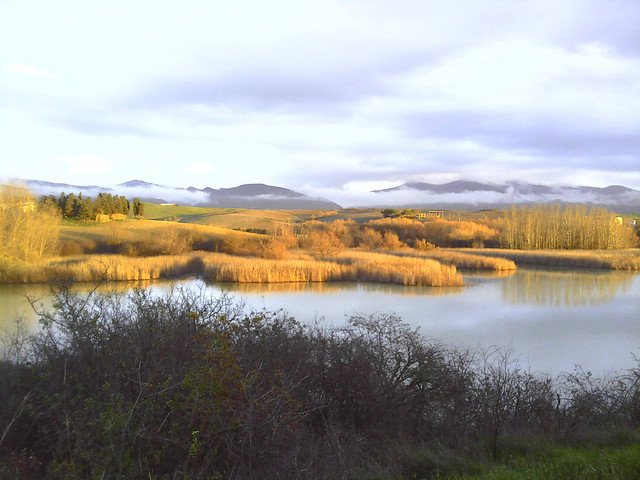



Santa Luce
The area, inhabited since Etruscan times, is first described as Sancta ad Lucam in documents from the year 861.
During the early stages of its development, the castle was owned by the Cadolingi and Upezzinghi families. Two wealthy Pisan families. In 1406, the domain came under the power of the Republic of Florence. Almost a century later, following a failed attempt at rebellion, the Florentine armies destroyed the castle of Santa Luce and its walls.
Centuries later, the dwellings in this hamlet still reflect the original layout and visitors can admire them from a distance, thanks to the typical arrangement in concentric circles along the gentle slopes of the hill on which it stands.
The main mystery that has stimulated the imagination and knowledge of history enthusiasts concerns the Templar Order and the Holy Grail. The octagonal plan of the castle of Santa Luce, the baptismal font (octagonal in shape) of the parish church, and the wooded hill behind the village provide an ideal setting where, perhaps, the Templars hid the precious relic. Adding to the mystery was the discovery of a terracotta document holder that, according to legend, is similar to the one that contained the Holy Grail during its travels.
The history of Santa Luce is not only linked to the Middle Ages, but also to the excavation and processing of alabaster. The ecomuseum of alabaster built in an area that includes Volterra, Castellina Marittima and Santa Luce wishes to pay tribute to the many labours of those who for years dug underground to extract this precious marble. In the area archive and exhibition space, located inside the former Town Hall of Santa Luce, a number of artefacts have been set up to reconstruct the life and culture of the miners.
Around the 13th century, there was an Augustinian hermitage in Monteforti, a small town not far from Santa Luce. There, the locals decided to build a small church. Due to the lack of water, the work was soon interrupted. One morning, the workers observed that the reservoir near the church was again overflowing with water. They also saw a lady in white robes collecting water from a bubble among the rocks in the forest. Since that day, 13 May, the church of Monteforti has been the destination of pilgrims who, walking up the path to the now abandoned village, venerate the Madonna for her precious help.
Santa Luce is also an ideal place for lovers of oriental culture and Buddhist spirituality. Lama Thubten Yesce, together with Lama Zopa Rinpoche and other members of the Foundation for the Preservation of the Mahayana Tradition (FPMT), started the Lama Tzong Khapa Institute in 1976. The Centre is housed in a splendid 19th century mansion and organises, especially during the summer period, educational and training programmes to deepen one's understanding of Buddhist doctrines and practices.
For nature lovers, a visit to Lake Santa Luce is recommended. This is a nature reserve, managed by the Italian League for the Protection of Birds (LIPU) and recognised as a Site of Community Importance (SCI). Thanks to the LIPU environmental volunteers, this place has become home to several endangered bird species. Visitors, depending on the time of day, can admire the marsh harrier, buzzard, kestrel and other animals present here.



